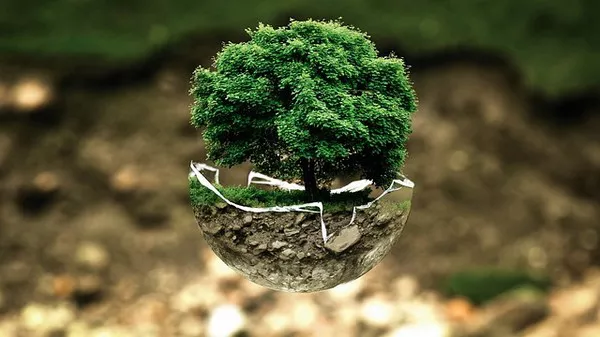Bonsai, the ancient art of cultivating miniature trees, has captivated horticulture enthusiasts for centuries. A key element in the successful growth and maintenance of bonsai is the soil used to support the tree’s intricate root system. Tailoring the soil mix to suit the specific needs of your bonsai is essential for ensuring its health and vitality. In this article, we will delve into the art of making bonsai tree soil at home, exploring the ingredients, techniques, and considerations that will help you create the perfect soil mix for your cherished miniature tree.
The Importance of Bonsai Tree Soil
Bonsai trees, being confined to small containers, rely heavily on the quality of their soil to receive essential nutrients, water, and oxygen. Unlike regular garden plants, bonsai trees have limited access to the soil, and their roots must adapt to the confined space. Therefore, the right soil mix is crucial for promoting root development, providing adequate drainage, and supporting overall tree health.
Understanding Bonsai Tree Soil Components
Creating bonsai tree soil involves blending several key components to achieve an optimal mix. The primary constituents of bonsai soil are:
Akadama: Akadama is a type of clay soil native to Japan. It is an essential component in bonsai soil due to its excellent water retention properties and the ability to provide aeration to the roots.
Pumice: Pumice is a lightweight volcanic rock that ensures good drainage and prevents waterlogged roots. Its porous nature also allows air to circulate within the soil.
Lava Rock: Lava rock is another porous material that provides additional drainage and helps prevent compaction in the soil.
Organic Matter: Organic matter, such as peat moss or composted bark, adds nutrients to the soil and helps retain moisture. However, it should be used sparingly to prevent soil compaction over time.
Sand: Coarse sand improves drainage and aeration, preventing the soil from becoming overly dense.
Creating Bonsai Tree Soil at Home
Step 1: Gather the Necessary Materials
Before beginning the soil mixing process, ensure you have all the required materials on hand. Gather Akadama, pumice, lava rock, organic matter, and coarse sand. These can be purchased from specialized bonsai suppliers or online stores.
Step 2: Determine the Right Proportions
The ideal soil mix proportions vary depending on the type of bonsai tree and its specific needs. Generally, a well-balanced bonsai soil mix contains approximately 40% Akadama, 25% pumice, 25% lava rock, and 10% organic matter. The sand content should be minimal, comprising no more than 5% of the total mix. However, these ratios can be adjusted based on the tree species, climate, and local environmental conditions.
Step 3: Sieving and Sifting
Before blending the components, sieve and sift each material to remove fine particles and dust. This process ensures that the soil mix remains well-draining and prevents clogging of the root system.
Step 4: Mix the Components
Combine the sieved Akadama, pumice, lava rock, organic matter, and coarse sand in a large container. Carefully mix the ingredients, ensuring an even distribution of each component throughout the soil.
Step 5: Watering the Soil Mix
After mixing the components, water the soil mix thoroughly to simulate the moisture conditions your bonsai tree will experience. This step allows the soil to settle, and it becomes easier to determine if any adjustments are needed.
Step 6: Testing the Soil Mix
Perform a simple soil mix test to assess its suitability for your bonsai. Squeeze a handful of the soil mix in your hand and release it. If the soil holds its shape initially and then crumbles easily, it indicates the right balance of water retention and drainage.
Step 7: Repotting Your Bonsai
When repotting your bonsai, ensure to remove any old soil carefully and prune the roots as needed. Introduce the newly crafted soil mix while gently working it around the root system, ensuring there are no air pockets.
Important Considerations
Frequency of Repotting: Bonsai trees require repotting every two to three years to refresh the soil mix, prevent compaction, and promote root health.
Tree Species: Different bonsai species have varying soil requirements. Research the specific needs of your tree to create a soil mix that best supports its growth.
Climate and Environment: Take into account your local climate and environmental conditions when creating the soil mix. Adjust the proportions of components to suit the moisture levels and temperature in your area.
Watering Regime: The soil mix should dictate the watering schedule for your bonsai. Proper drainage will prevent waterlogged roots, while adequate water retention will ensure the tree receives sufficient hydration.
Conclusion
Crafting the perfect bonsai tree soil at home is a fundamental aspect of successful bonsai cultivation. By understanding the importance of soil components and considering the specific needs of your tree, you can create a custom soil mix that supports its growth, health, and vitality. Regular repotting and careful consideration of climate and environmental conditions will help maintain your bonsai’s well-being and ensure its beauty and charm for generations to come. Happy bonsai gardening!


